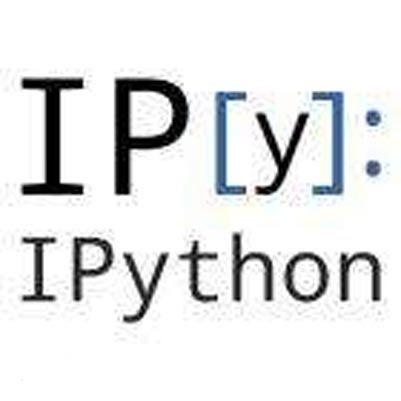Computational experiments using spatial stochastic simulations have led to important new biological insights, but they require specialized tools, a complex software stack, as well as large and scalable compute and data analysis resources due to the large computational cost associated with Monte Carlo computational workflows. The complexity of setting up and managing a large-scale distributed computation environment to support productive and reproducible modeling can be prohibitive for practitioners in systems biology. This results in a barrier to the adoption of spatial stochastic simulation tools, effectively limiting the type of biological questions addressed by quantitative modeling. In this paper, we present PyURDME, a new, user-friendly spatial modeling and simulation package, and MOLNs, a cloud computing appliance for distributed simulation of stochastic reaction-diffusion models. MOLNs is based on IPython and provides an interactive programming platform for development of sharable and reproducible distributed parallel computational experiments.
翻译:利用空间随机模拟进行计算实验已导致重要的新的生物洞察力,但由于蒙特卡洛计算工作流程的计算成本巨大,它们需要专业工具、复杂的软件堆、以及大而可扩缩的计算和数据分析资源。建立和管理大规模分布式计算环境以支持生产和再复制模型的复杂程度,对系统生物学从业人员来说可能令人望而却步。这导致采用空间随机模拟工具的障碍,有效地限制了定量模型处理的生物学问题的类型。在本文件中,我们介绍了一个方便用户的新的空间模型和模拟软件包PyURDME,以及一个用于分布式随机反射模型模拟的云计算应用程序MOLNs。MOLNs以IPython为基础,为开发可探测和可复制分布式平行计算实验提供了一个互动的编程平台。





